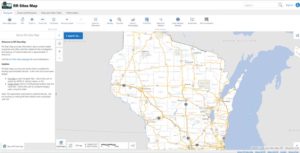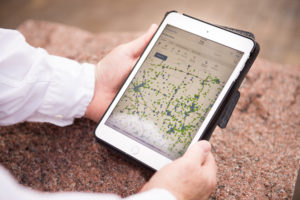The words “GIS Registry” were removed from such popular Remediation and Redevelopment (RR) Program resources as RR Sites Map, BRRTS on the Web (BOTW), and the Case Closure Form (please note that the content and requirements of the Case Closure form did not change).
This is a deliberate and ongoing effort by the RR Program to update the outdated term “GIS Registry.” Instead, you may see or hear staff refer to the “Continuing Obligations Packet” (formerly the GIS Registry Packet), “database fees” instead of GIS fees, or “the database,” when discussing where to find information about sites with continuing obligations.
Regardless of how it’s stated, all sites with residual contamination and/or continuing obligations are required to be listed on the Wisconsin Remediation and Redevelopment Database (WRRD), comprised of BOTW and RR Sites Map.
In the coming months, RR Program staff will continue to remove “GIS Registry” from our forms and documents. Most of the RR Program web pages are already updated. If you have any questions please contact Jenna Soyer, the Fiscal and Information Technology section chief, at 608-267-2465 or Jenna.Soyer@wisconsin.gov.



 Did you know there are over 30,000 documents available for viewing and downloading on the
Did you know there are over 30,000 documents available for viewing and downloading on the